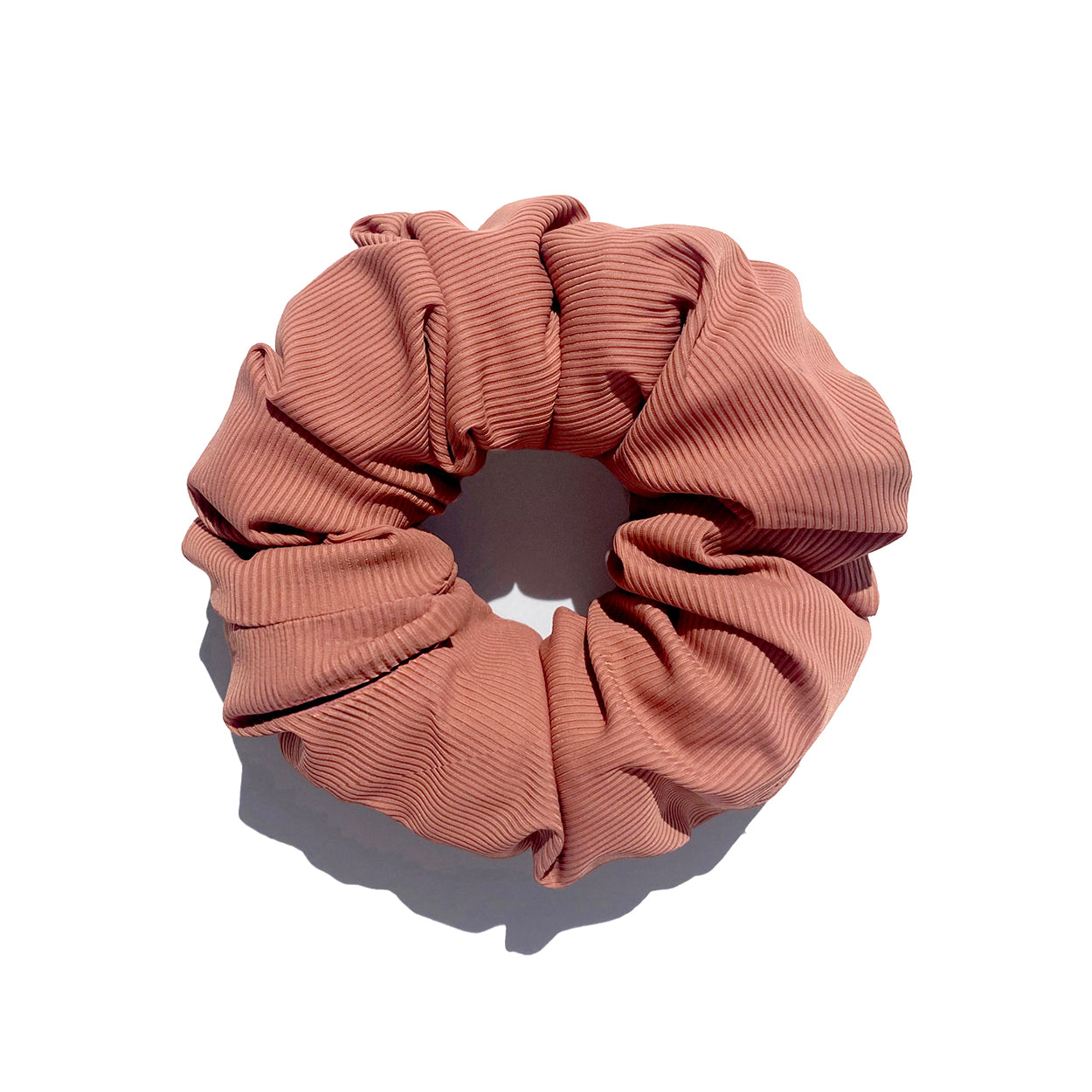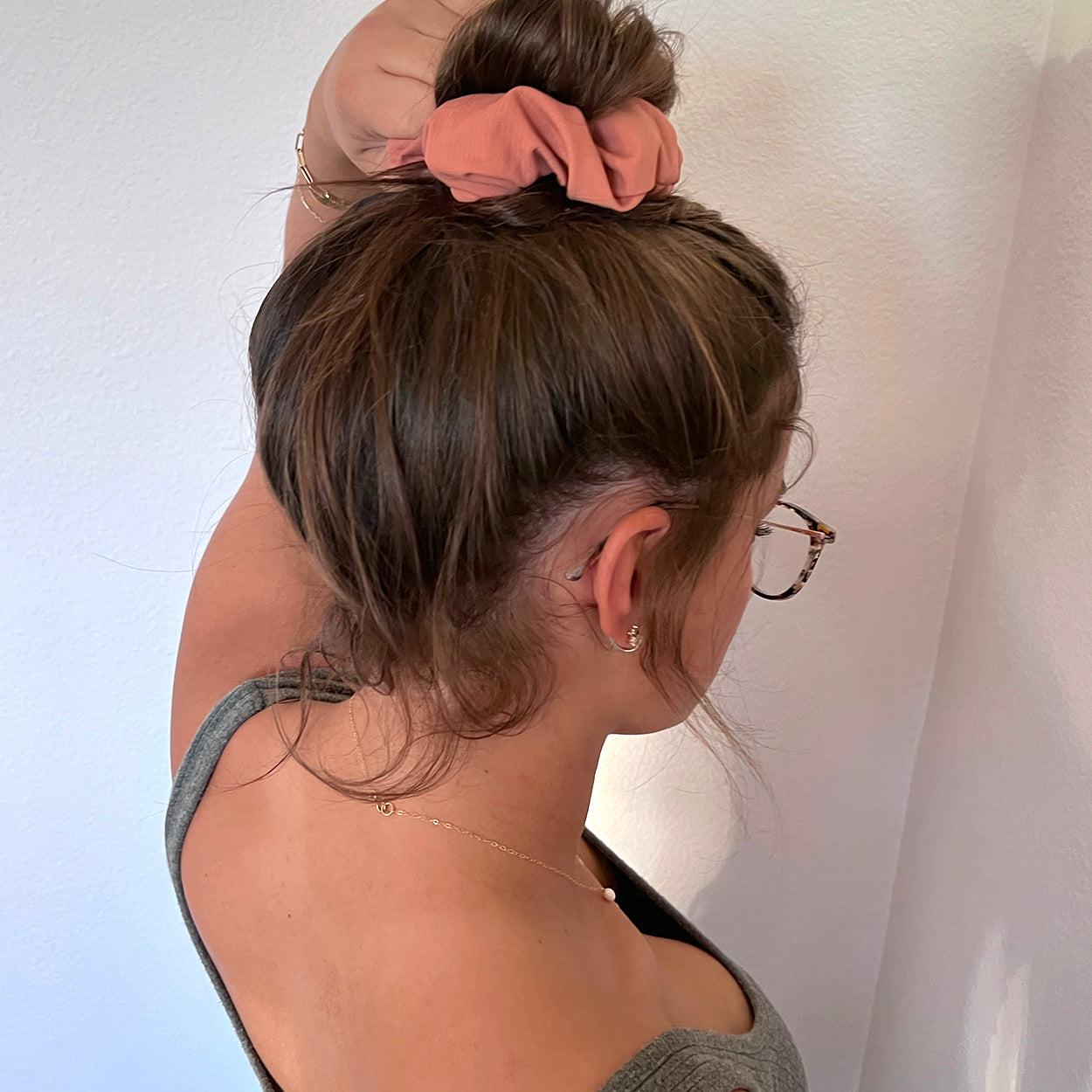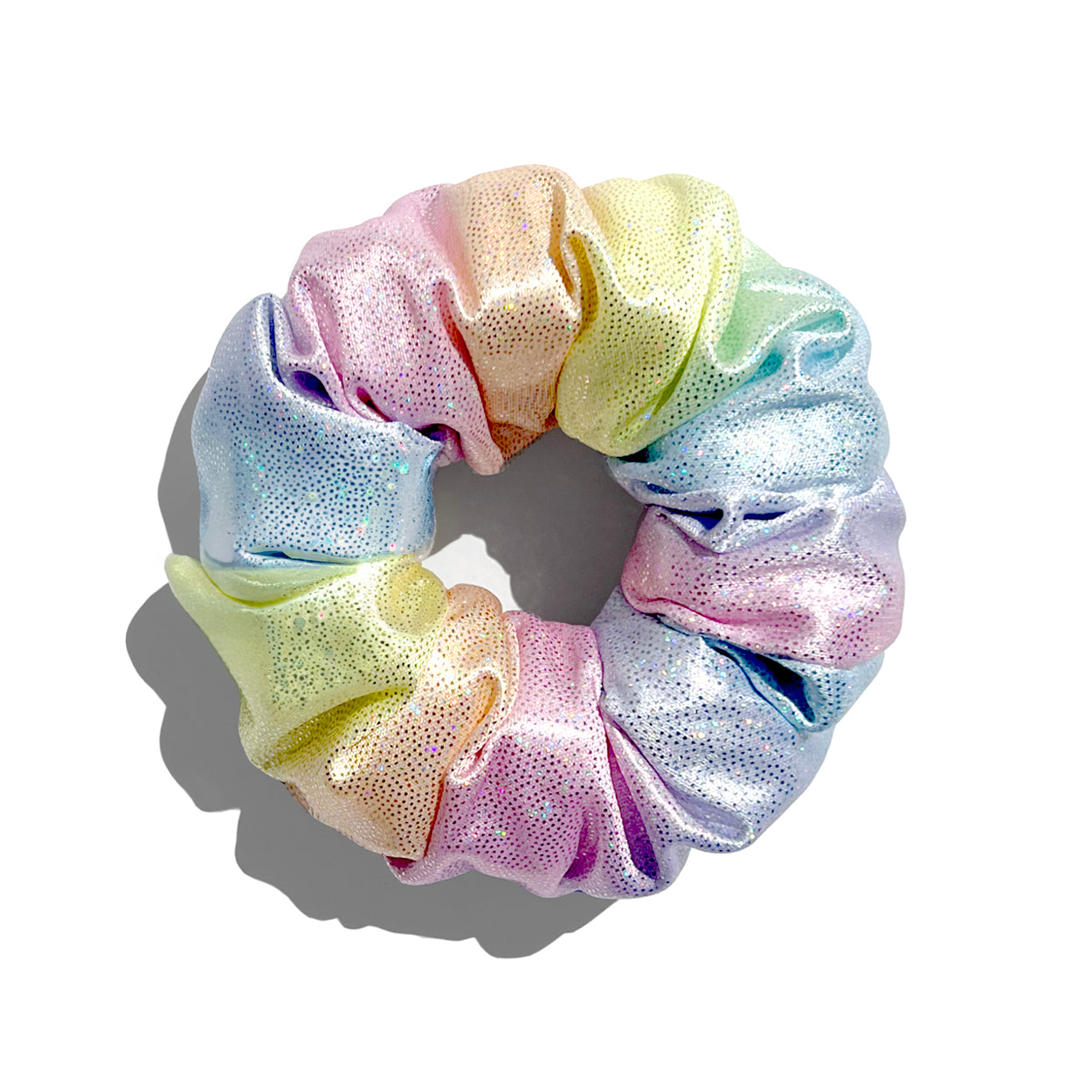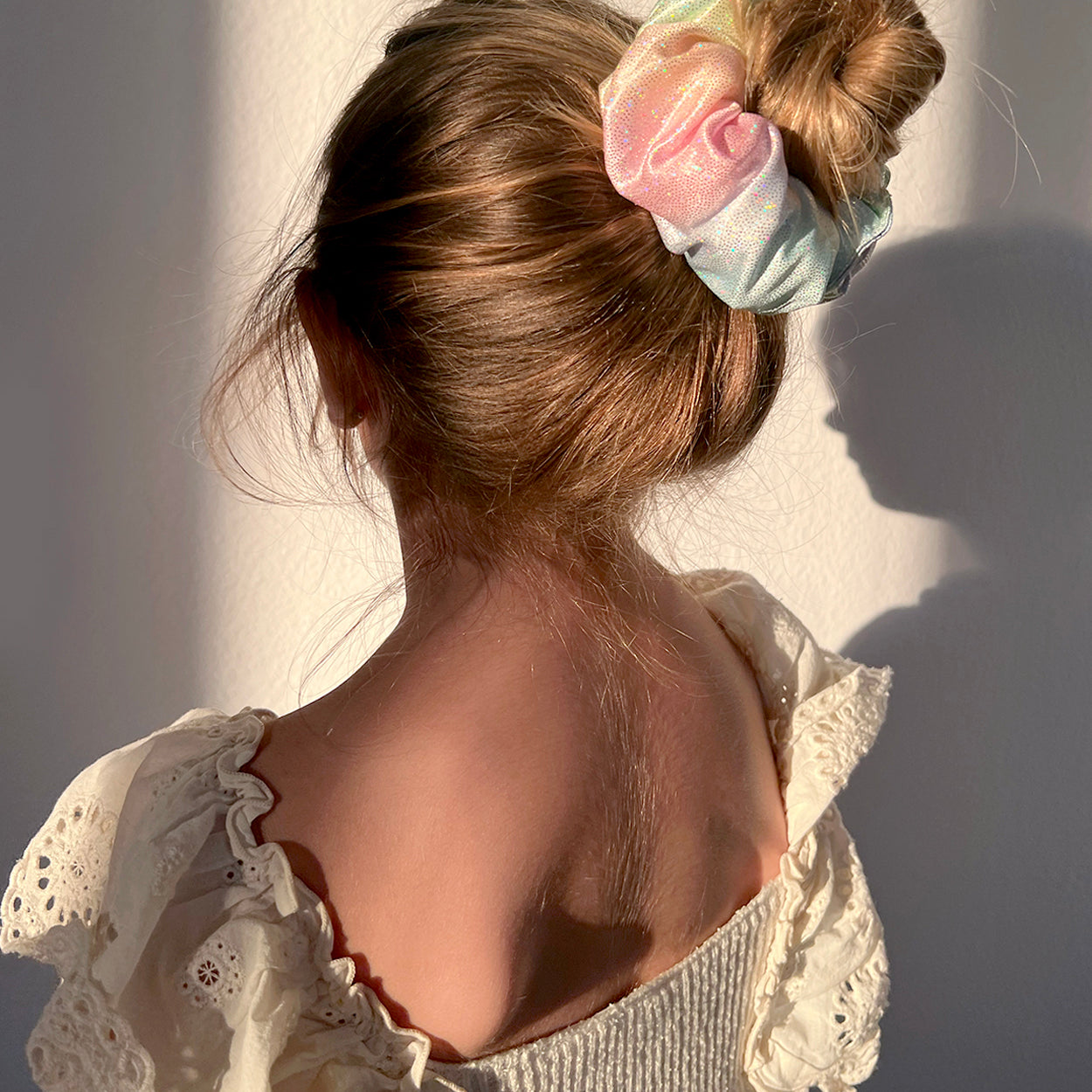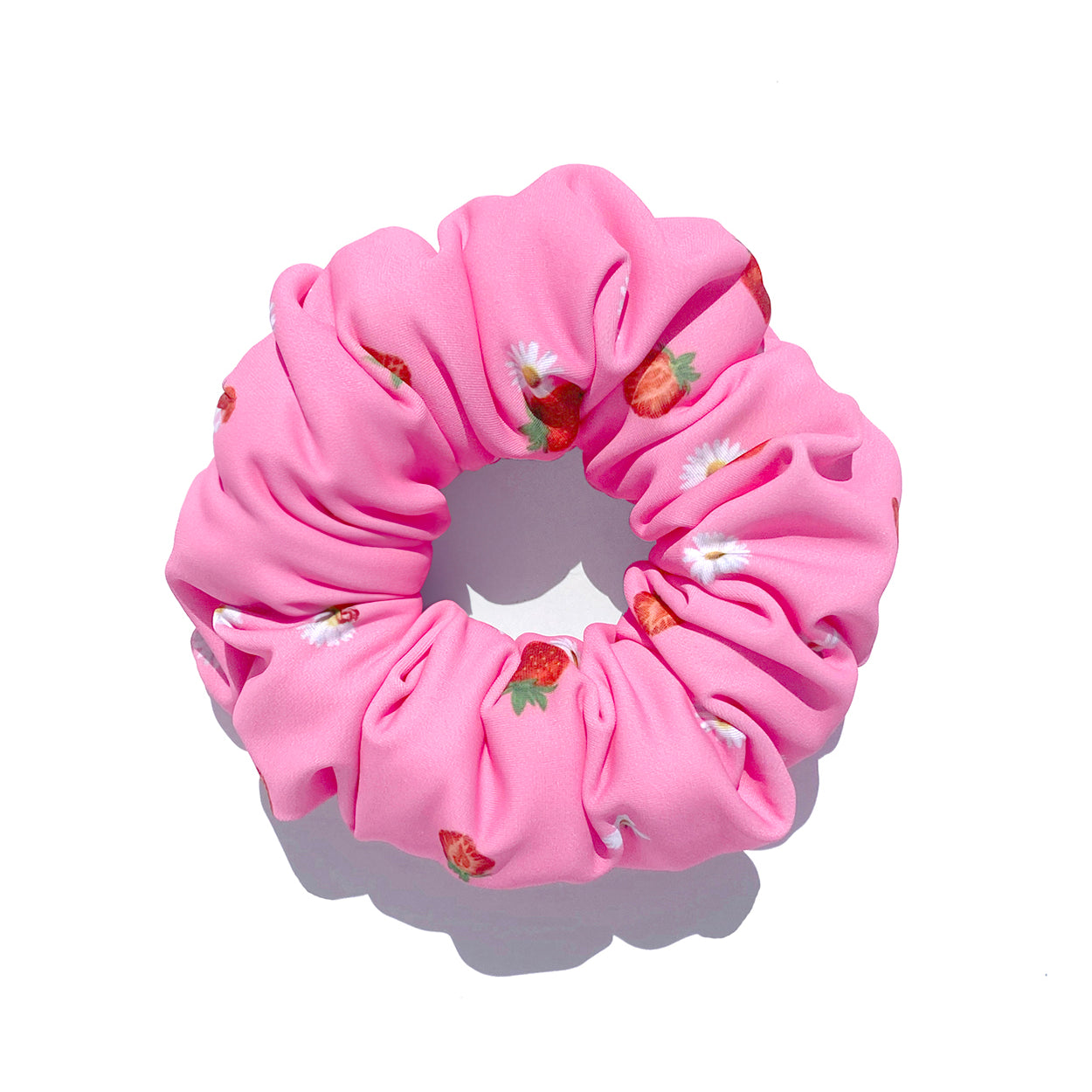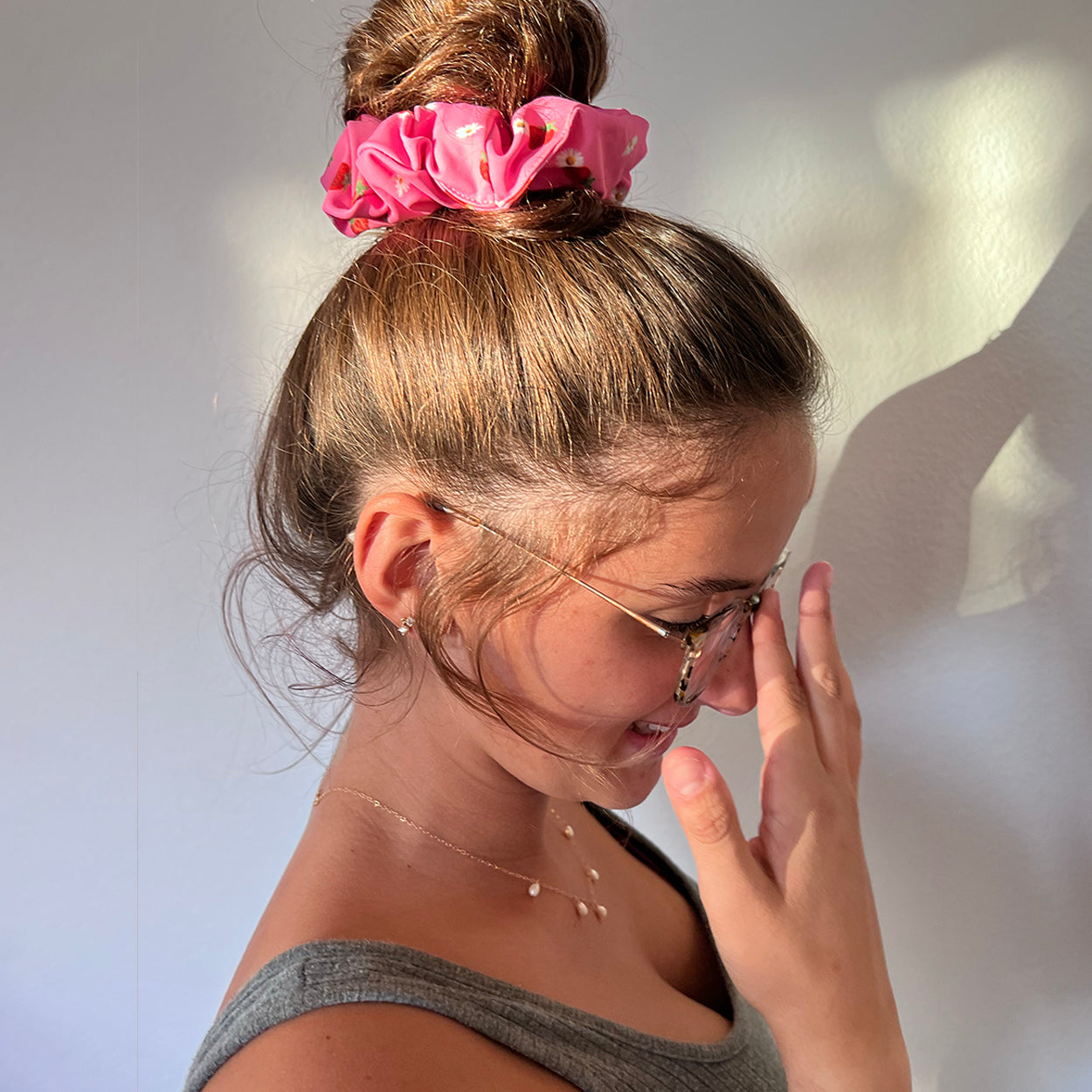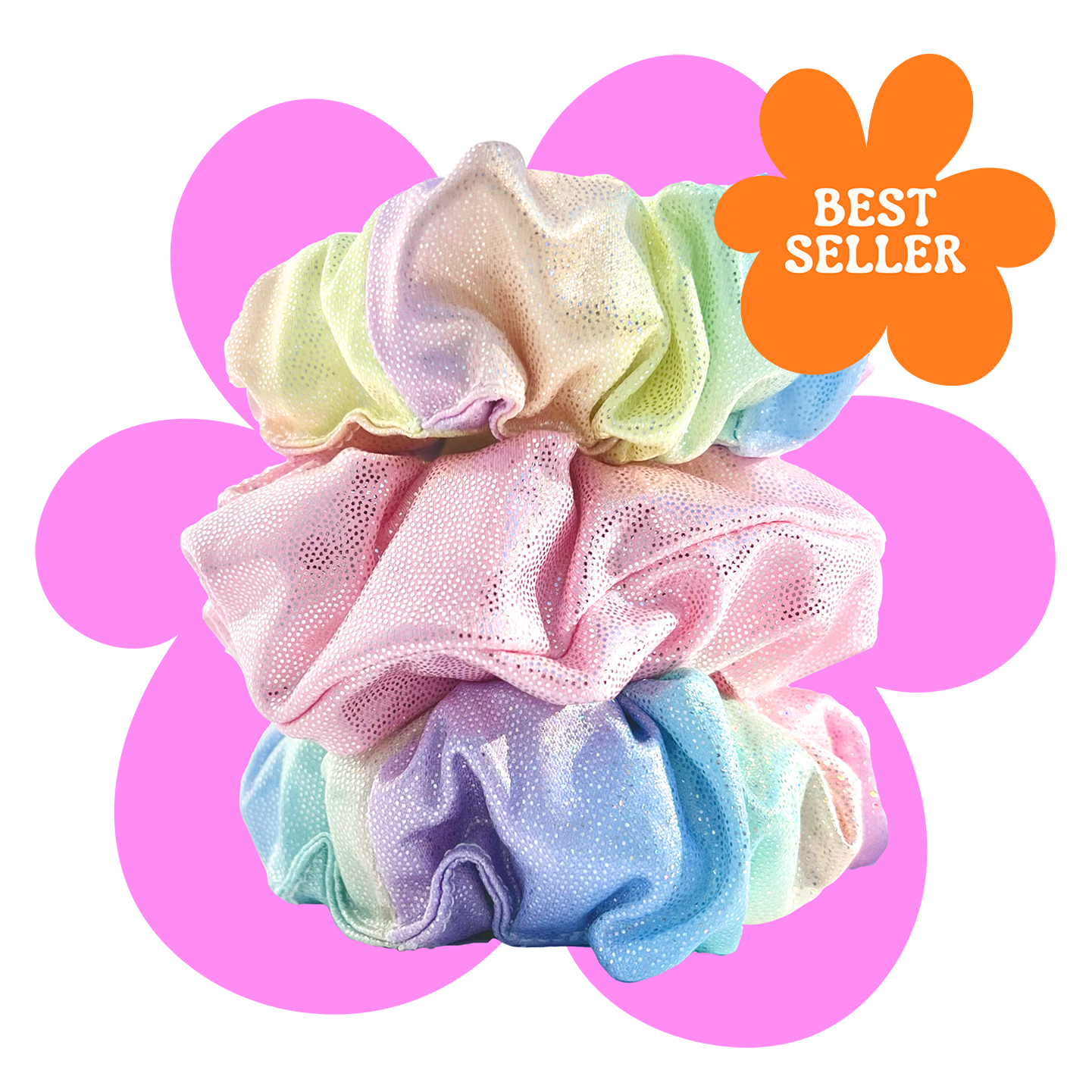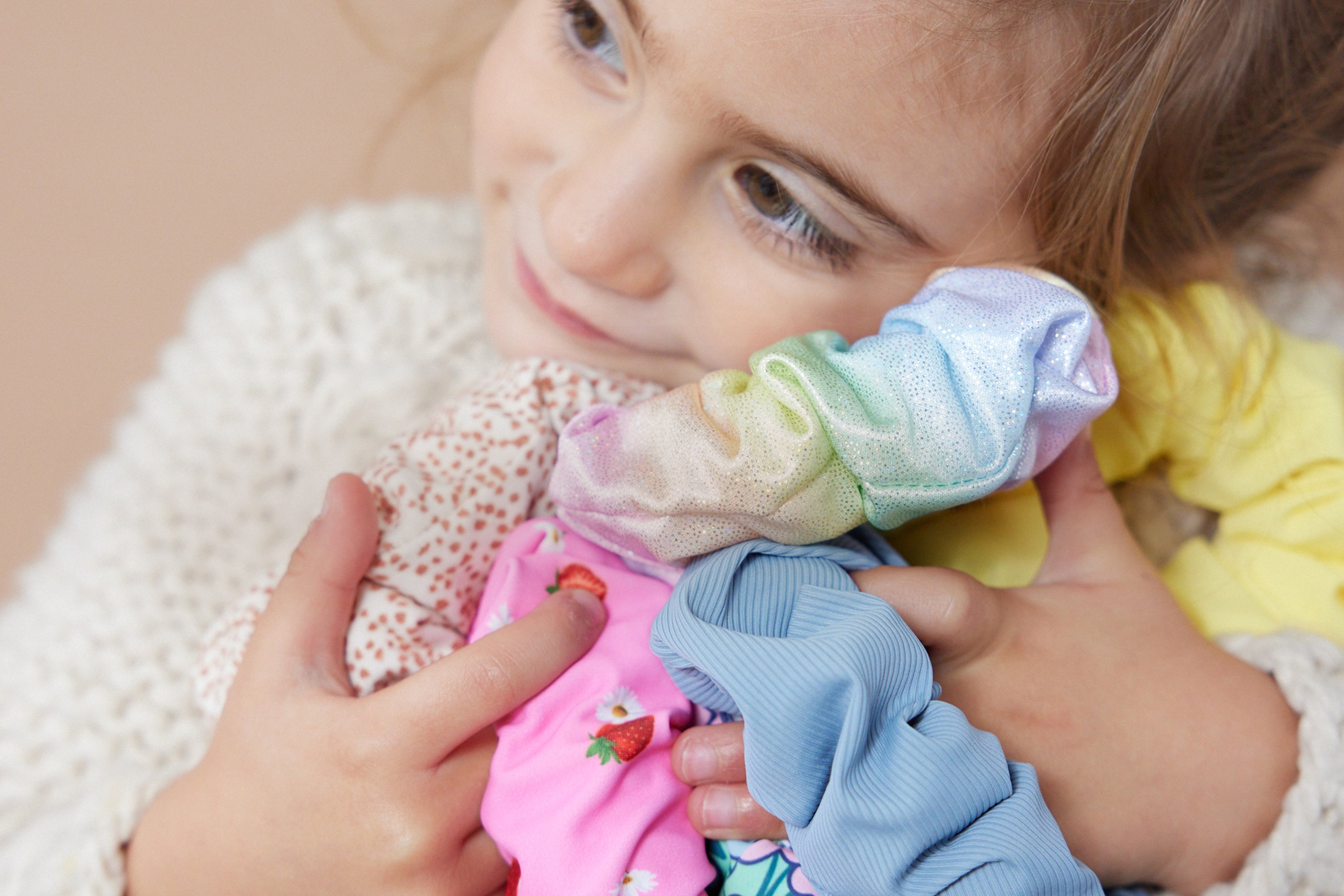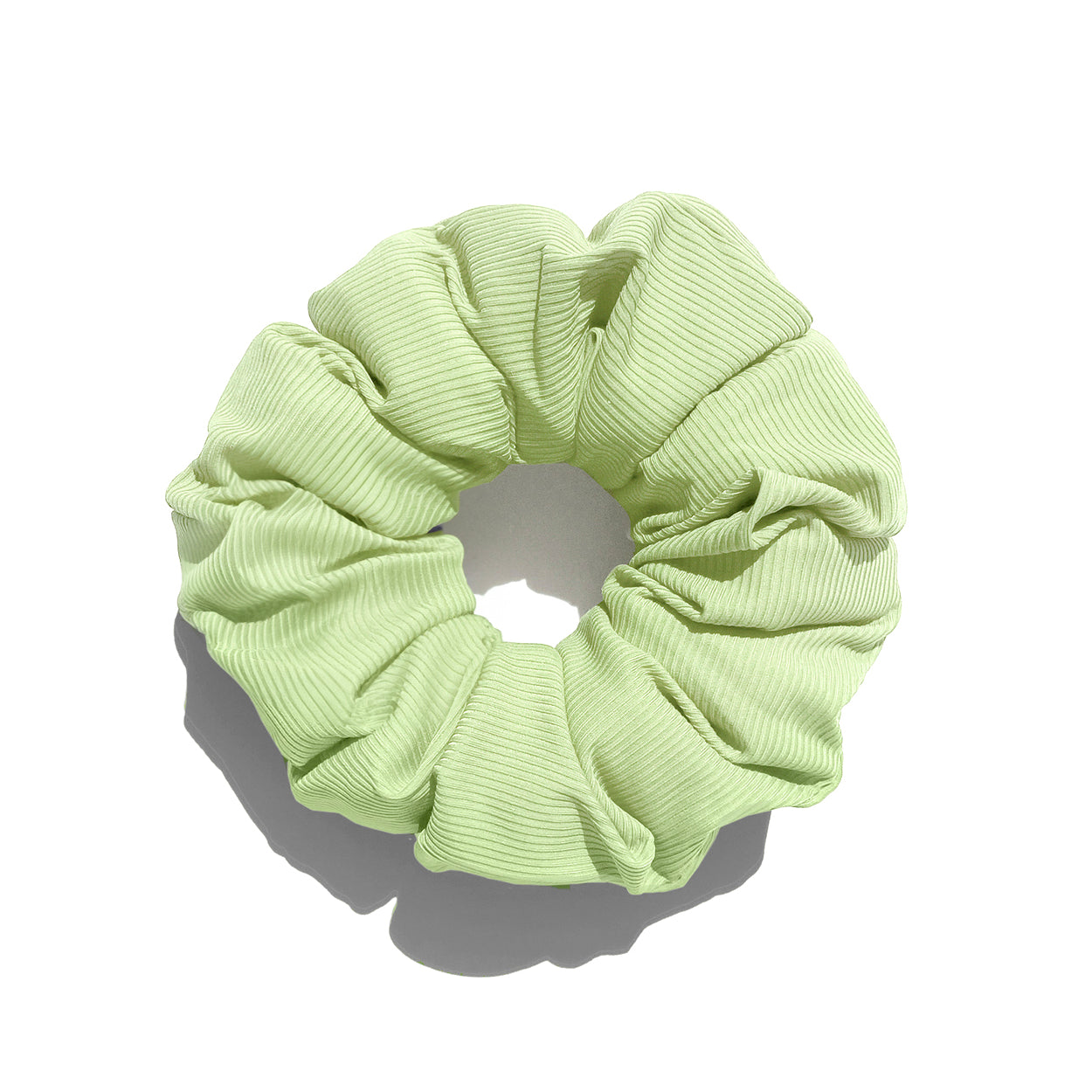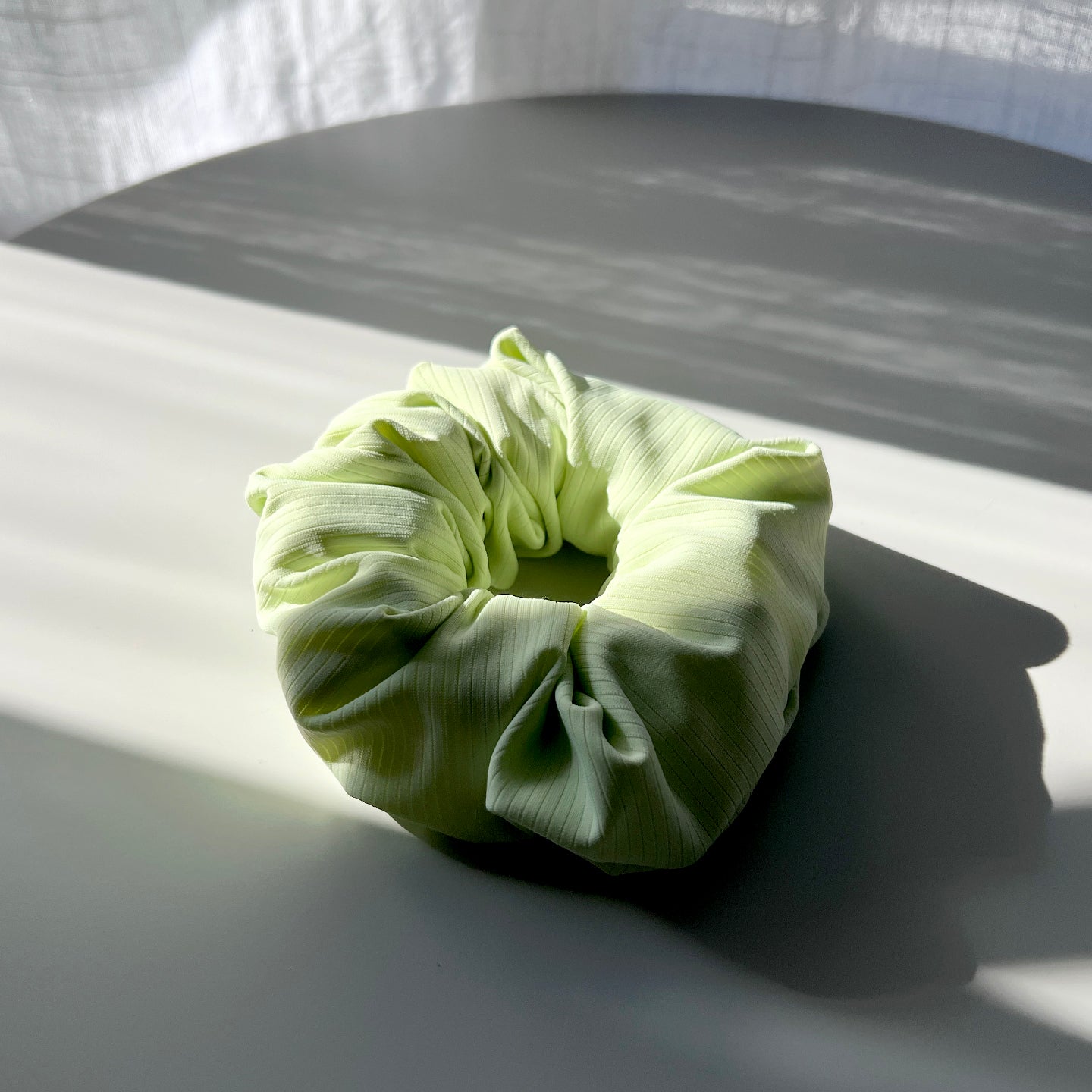Have you ever been stuck at a party that was too crowded and hot? As you were shouting to be heard over the noise, someone jostled you and spilled their drink all over you. Not fun! That feeling of discomfort and overwhelm gives you a small glimpse into what it’s like for kids who experience sensory overload. The situation is doubly challenging if they happen to be living with bipolar disorder.
Everyone processes sensory input differently. If your child or teen struggles with sensory processing associated with bipolar disorder, it’s important to help them practice self-soothing strategies so that bipolar sensory overload becomes easier to handle. In this article, we show you how to do just that.
What is Bipolar Disorder?
Bipolar disorder influences the moods and energy levels of your child in unique ways. According to the National Institute of Mental Health, it mostly affects teens and young adults though it can be diagnosed in children, and it often lasts for a lifetime.
A child with bipolar disorder will cycle through the extreme highs of mania and the lowest of lows with depression. It goes a step beyond the “typical” mood fluctuations encountered in most teens and even young children. The moods are more intense and the episodes of both mania and depression are often unpredictable.
Along with the ways that this disorder impacts mood, it can also change energy and activity levels as well as a child’s ability to function in the community and at home.
What is Sensory Overload?
Bipolar sensory overload is quite common among children and adults alike. This phenomenon occurs when the brain is unable to process all of the inputs that are coming in at the same time. It can happen when the area is too noisy, when the lights are too bright, or when there are too many people in a small space.
A child may exhibit some of the classic symptoms of sensory overload, even if they don’t also deal with bipolar disorder. Medical News Today lists some of the following symptoms that a child may be experiencing sensory overload:
- Closing their eyes
- Covering their face or ears
- Unexplained crying
- Inability to talk with others
- Running away from or avoiding certain situations or places
- Increased anxiety or irritability
This type of sensory overload doesn’t necessarily have a cause that you can point to, though some researchers believe that children prone to the condition may have slight differences in their brain structure. This has yet to be confirmed and is not always the case. Either way, processing sensory data in different ways is part of a child’s unique personality, and as they grow older, there are plenty of tools to help them regulate their response to stimulation and stay comfortable in any situation.
What’s the Connection Between Bipolar Disorder and Sensory Overload?
Kids with bipolar disorder can quickly become overwhelmed by sensory stimuli, even if this stimuli seems mild to others. Generally speaking, children who share a dual diagnosis tend to be sensitive to loud sounds, bright lights, and other sensory stimulation.
Scientists believe that this may have a basis in the biology of the brain, but it’ll take much more research to determine if that’s the case.
For now, the best information on the relationship between bipolar disorder and sensory overload is known as leaky sensory gating. Children who have bipolar disorder or are already predisposed to leaky sensory gating will experience a reduced capacity to filter stimuli from the environment.
It’s important to prepare sensory regulation strategies ahead of time to help kids address bipolar sensory overload. The good news is that it doesn’t have to be complicated!
Tips to Find Relief
If you’re trying to help your child with bipolar sensory overload better manage their sensory inputs and cope with both novel and familiar situations, here is what you need to know about the best ways to find relief.
Identify Triggers
If you notice that your child is struggling with particular situations or places, take the time to help them pinpoint potential triggers. This helps your child to define and more effectively communicate what they’re feeling with parents or other trusted adults in any given situation. When they know what’s happening, they’re better equipped to work through it to find a solution.
Develop Healthy Self-Soothing Techniques
Sensory relief is important because it allows your child to feel more comfortable, but this may challenging for them to cultivate when you are not around. Teaching your child how to self-soothe, empowers them to tap into that inner reservoir of practical resources and strengths.
Squishable scrunchies like Smush scrunchies are a great option because the unique hair tie promotes independence and self-regulation. With soothing fabrics and squeezable materials, Smush scrunchies are ideal for kids who have bipolar sensory overload, while doubling as a retro-inspired 90s fashion accessory. While squeezing, pulling, pinching, fidgeting with, and using the soothing Smush scrunchie in their hair, a child or young adult controls sensory input (in this case, tactile) in a way that puts them squarely in the driver’s seat.
As an added bonus, rocking a scrunchie on their hair or wrist means that your child can have fun with textures and patterns, and won’t be singled out for the tools they need to manage their emotions.
Get Moving
Exercise is an important component of dealing effectively with bipolar sensory overload. Getting your child’s heart pumping triggers the release of endorphins that can improve mood. Kids and teens can also benefit from the release of pent-up energy, and as an added bonus, it helps them to fall asleep more easily at night.
Not sure how to encourage your child to get more active? Here are a few ideas to try:
- Dance classes or sports teams are perfect for tweens and older children
- Outdoor games like Simon Says or Follow the Leader are a blast for young kids
- Neighborhood walks that encourage kids to slow down and notice their surroundings
- Video games that get kids off the sofa, like Just Dance or Ring Fit
- Fun (and free!) exercise videos on YouTube
- Outdoor yoga for kids
Follow up your kid’s workout with a soothing bedtime ritual. A bath filled with delicious-smelling bubbles or making up a story together help children with bipolar sensory overload feel settled and give both kids and parents something to look forward to.
Help Your Child Feel Their Best
There are lots of ways to encourage kids to find relief from bipolar sensory overload. Inspired by the needs and tastes of neurodiverse children, our squishable scrunchies are made for fiddling while also functioning as a discrete sensory tool to help kids cope. Stop by our store today to learn more about how Smush scrunchies can help your child feel better and more in control.


